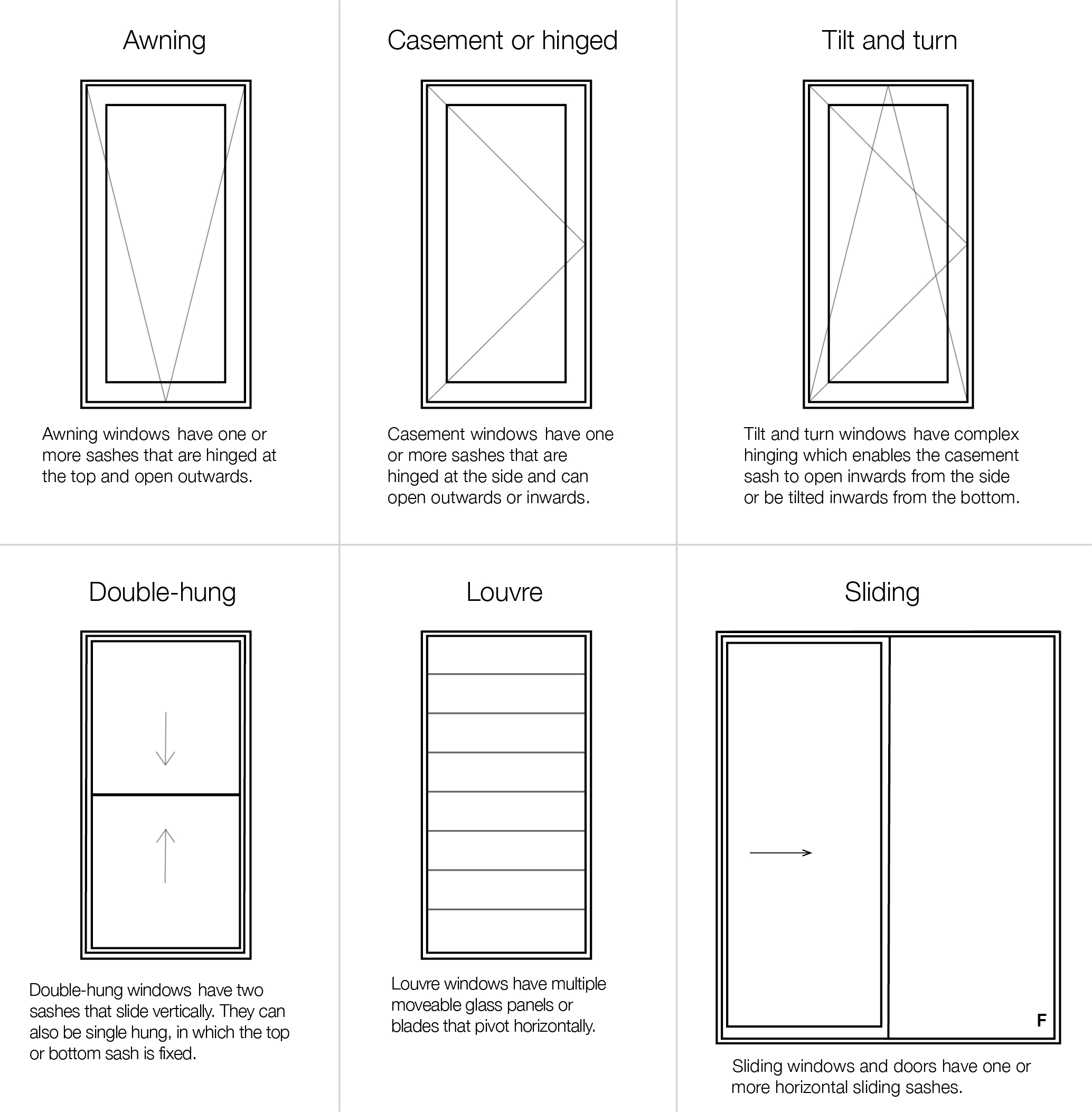All Categories
Featured
Table of Contents
Single Glazed Vs Double Glazed Windows - Ultimate Guide in Duncraig Perth
That window can transfer more solar heat in winter season than in summer. A west-facing window on a summer's afternoon has an angle of occurrence from near 0 approximately 30 with a large efficient area of solar radiation. A north-facing window, in summer season, has a high angle of occurrence and a low reliable area of solar radiation, so can transmit less heat than a west-facing one.

You can quickly and easily improve the thermal efficiency of your home by replacing your windows. There are thousands of types of glass and frames to select from.
Magnetite: Australian Retrofit Double Glazed Windows in Piesse Brook Western Australia
Single glazing with clear glass is not very efficient when it comes to heat loss or gain. To enhance performance, you can use single glazing with a more energy-efficient type of glass such as low emissivity (low-e) glass.
Multiple layers can be put together with sealed cavities between each sheet of glass. IGUs usually use much better energy performance than single glazing, due to the fact that they transmit less energy. However, the energy performance of IGUs likewise depends on: the homes of each layer of glass. Various glass types (for example, clear and low-e glass) can be assembled in an IGU.
Double Glazing Vs Triple Glazing For Windows (2023) in Neerabup WA

IGU cavities can be filled with air or a more inert, low-conductivity gas such as argon the width of the cavity. Larger cavities offer lower (much better) U values, with 12mm usually accepted as the favored gap how well the cavity is sealed.
If argon is installed to the cavity in location of air, wetness is dependably omitted the level of desiccant (drying agent). The spacer (metal or polymer strip) that separates the glass layers contains a desiccant to take in any moisture. Inadequate desiccant might trigger wetness to condense on the glass surface area in cold conditions, minimizing thermal performance.
Keeping Your House Cool In The Summer in Bedford WA
IGUs can deliver much better energy efficiency for all climates, particularly in heated and air-conditioned homes. Cross-section information of single, double and triple-glazing systems Low emissivity glass (frequently referred to as low-e glass) decreases heat transfer. Low-e glass might be either high or low transmission: High transmission low-e glass has a finish that permits daylight from the sun to pass into the home to attain good solar heat gain, but lowers the quantity of the long wavelength infrared heat that can escape back through the window.
Low-e glass has either a pyrolytic covering or a vacuum-deposited thin movie metal covering. Pyrolytic coverings are durable and can be utilized for any glazing; vacuum-deposited coatings are soft and are only utilized within IGUs. Low-e coverings can substantially enhance both U worth and SHGC; however, they need to be utilized properly or they will either degrade or fail to perform as needed.
What Are Double Glazed Windows? in Karawara Perth
Low-e finishings can be used in mix with clear, toned or reflective glass. Low-e finishings on glazing can decrease heat transfer where needed Image: Department of Market, Science, Energy and Resources Toned glass has colouring additives included throughout manufacture. It is available in numerous colours, generally bronze, grey, blue and green.
Table of Contents
Latest Posts
Types Of Glazing For Your Windows, Explained in Wembley Downs WA
Single Vs Double Vs Triple - Which Window Is Right For Your ... in Eden Hill WA
Why Install Stunning Double Glazing Windows During Summer? in South Guildford WA
More
Latest Posts
Types Of Glazing For Your Windows, Explained in Wembley Downs WA
Single Vs Double Vs Triple - Which Window Is Right For Your ... in Eden Hill WA
Why Install Stunning Double Glazing Windows During Summer? in South Guildford WA